Driving on snowy or icy roads is unquestionably dangerous. Winter weather presents a myriad of hazards, even for experienced drivers. For one, the road surface can be incredibly slippery from all the ice and snow. Poor visibility due to whiteouts and snowfall is another big challenge. Also, the cold weather may affect your vehicle’s performance and handling.
According to the AAA Foundation for Traffic Safety, nearly half of all weather-related road crashes happen in the winter. This shows just how perilous the roads can be during the freezing winter months.
However, you can still drive safely in the winter. You just need to be well aware and prepared for any challenges you might face. To that end, here are five essential tips for safe driving in the winter.
Plan Ahead
Ensure you’ve planned out every detail of your journey before setting out in the cold weather. Start by mapping and checking your route. Familiarize yourself with the route and the potential winter hazards that lie ahead.
Survey the road conditions on your route before leaving. Mainly, check whether specific roads have recently been plowed or gritted. Also, find out what local authorities and news outlets say about the traffic and driving conditions on various roads. You want to ensure you set off on the safest path and at the right time.
There might be traffic jams and delays on the road, so leave early to allow for the extra time. After all, you shouldn’t speed on winter roads. And inform your coworkers, family, or friends of the route you’re taking for the journey, what time you leave, and the expected arrival time.
Prepare Your Car for Winter Driving
The freezing temperatures and harsh road conditions can be tough on your car. It’s important to prepare your car for winter driving for a smooth and safe ride. Follow this checklist to winterize your car:
- Ensure your car battery is rated at or above 600 CCA (cold-cranking amps) for optimal winter performance
- Add antifreeze to your cooling system
- Check and service your brakes
- Switch to winter tires and keep them inflated to the correct pressure
- Install winter windscreen wipers and fog lights
- Fill your washer tank with winterized wiper fluid
- Lubricate your door and trunk locks with a silicone spray to prevent freeze-ups
It also helps to get some winter driving practice before embarking on a long journey. Practice turning, accelerating, and braking on an empty driveway or parking lot to get a feel for how your car handles snow and ice.
Get a Used Winter Car
Let’s face it, most cars are not built for ice and snow. Your car may be too delicate and costly to risk driving in the winter. But rather than modify your existing car for winter driving, why not buy a used winter car instead—one that’s already built for or prepped to handle frigid road conditions? And some reasons make this solution one of the best.
First, driving a used car in the winter is a great way to save money and extend the lifespan of your everyday car. Let the used car take the battering on winter roads while your other car is located at home, warm and cozy. And since you’ll only drive the winter car a few months every year, it’ll cost significantly less to insure and maintain.
Second, winter is a great time to buy a used car. Used car sales are usually low during the winter season; some dealerships even shut down completely until spring. This means you can get a really good deal on a ruggedly dependable, winterized 4X4 car ideal for snowy and icy roads.
Keep in mind that buying a used car requires some due diligence on your part. Research the best dealers in town and run a comprehensive VIN check before purchasing a vehicle. A VIN lookup reveals crucial details about a car, including its specifications, actual mileage, recall records, and much more. This gives you a full data package that helps you make the right decision before buying used cars and find the best used American cars that meet your requirements.
Drive Slowly and Avoid Sudden Braking
Ice and snow greatly reduce traction between the tires and the road surface. Low traction makes it difficult to accelerate and brake. If you throttle up too hard, you get a lot of wheelspin and possibly fishtailing. And if you brake too aggressively, your wheels will lock up, causing the car to skid forward or sideways rather than stop.
Avoid hard braking and accelerating by maintaining a moderate speed (even when going uphill) and a cautious distance between you and the car in front. If your car has traction control, put it in snow or winter settings, but do not engage cruise control when driving on slippery roads. Also, avoid overtaking unless you can do it safely and without mashing the gas pedal.
Should the car begin to skid, keep steering in the direction you want to go.
Watch out for Other Vehicles on the Road
Keep a close eye on the road and other road users. Watch out for turn signals, hazard lights, brake lights, and traffic signage. These are all part of your situational awareness when driving.
Additionally, seeing how the cars in front behave can tell you a lot about the road conditions ahead. For instance, if the car in front starts fishtailing, proceed cautiously; it could mean the section of the road is extra slippery.
Carry a Winter Emergency Kit
Keep essential survival or roadside emergency gear in your car when driving in the winter. It’s always a good idea to be prepared for the worst, such as getting stuck or stranded on the roadside. A winter emergency kit should help you get moving again or wait out safely for help.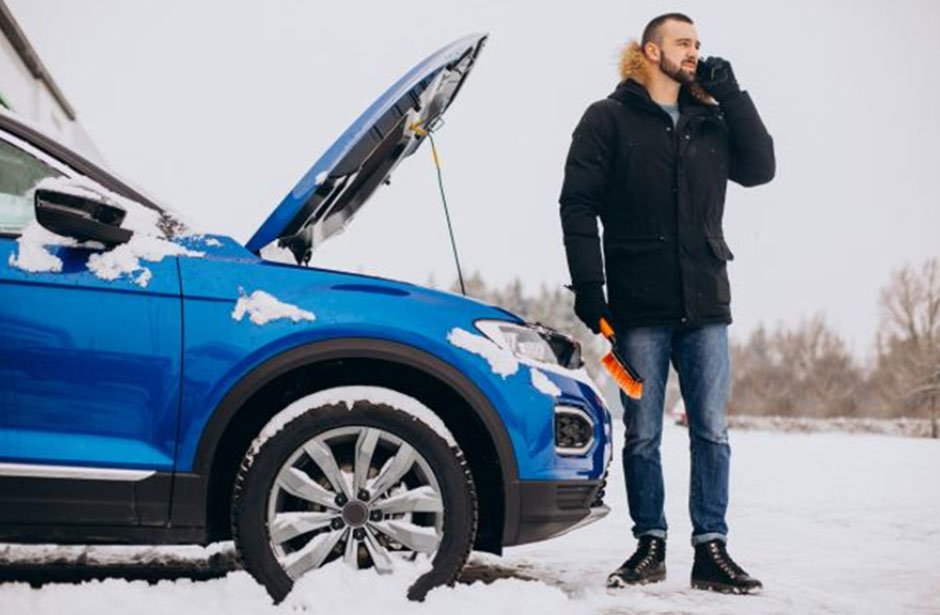
Here are the key items you should have in your car’s winter emergency kit:
- Dry sand or cat litter
- A small shovel
- An ice scraper or snow brush
- Reflective triangles
- High-viz jacket
- Jumper cables or a jump pack
- Warm clothes (mittens or gloves, blankets, jackets, etc.)
- Snowshoes or rain boots
- Flashlights
- Flares and matches
- Drinking water and snacks
- A basic toolkit
- First-aid kit
These are the essential items you should have in your car during winter rides in difficult conditions, which can catch you unexpectedly and wherever you are.
Summing Up
Safe winter driving comes down to preparing for the trip, protecting yourself, and preventing crashes on the road. The OSHA and NHTSA institutions responsible for road safety call these the three Ps of safe winter driving. Keep warm this winter season and drive carefully.
Remember, the car you drive matters too. If you’re not willing to modify your car for winter driving, which can be costly and impractical, get yourself a used winter car. Doing so will help save you money in the long run and keep your everyday car in mint condition.
If you’re interested in buying a used car that is perfect for winter driving, look no further than AutoBidMaster online auto auctions. They sell more than 300,000 salvage vehicles, and their services also include vehicle shipping and VIN lookup tools. To make use of the great deals on pre-owned cars, register on their website, provide a copy of your government-issued ID or passport, and submit a security deposit. After this, you’ll be ready to find your ideal vehicle for the winter at a fraction of the price. Online auto auctions have never been so accessible!




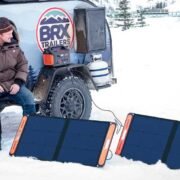
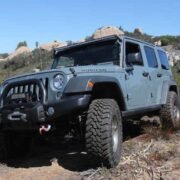

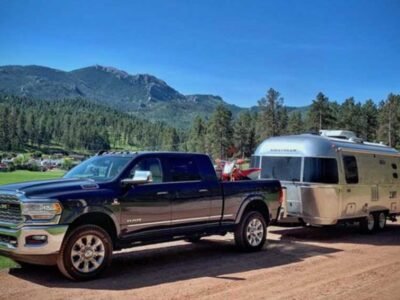

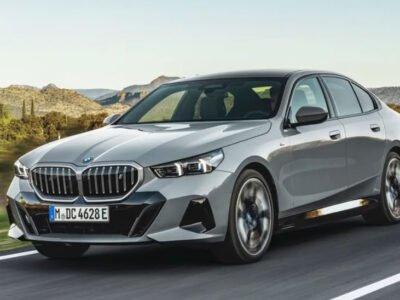








Comments